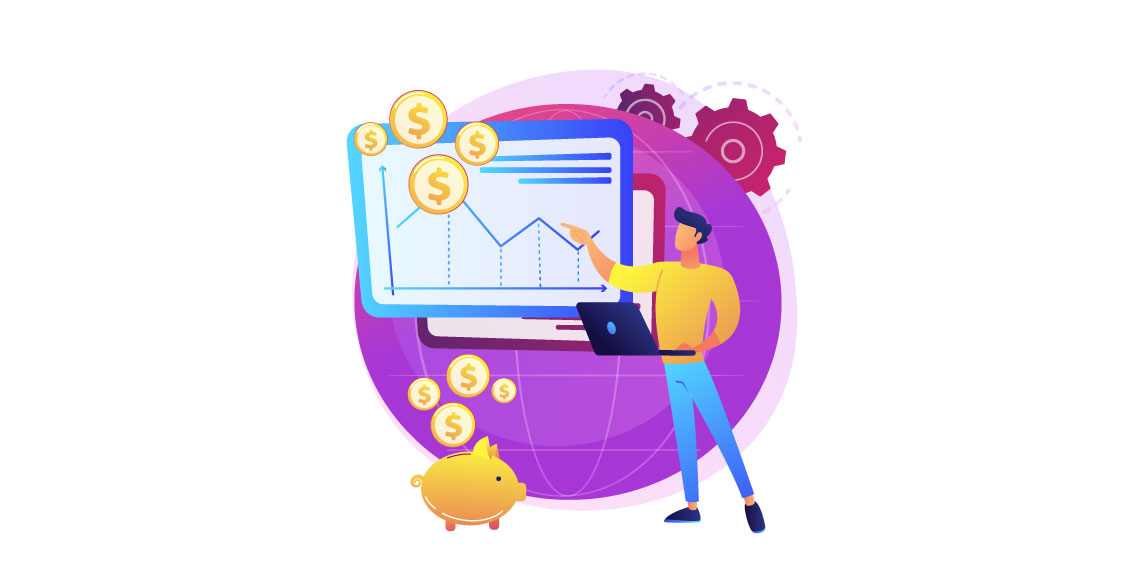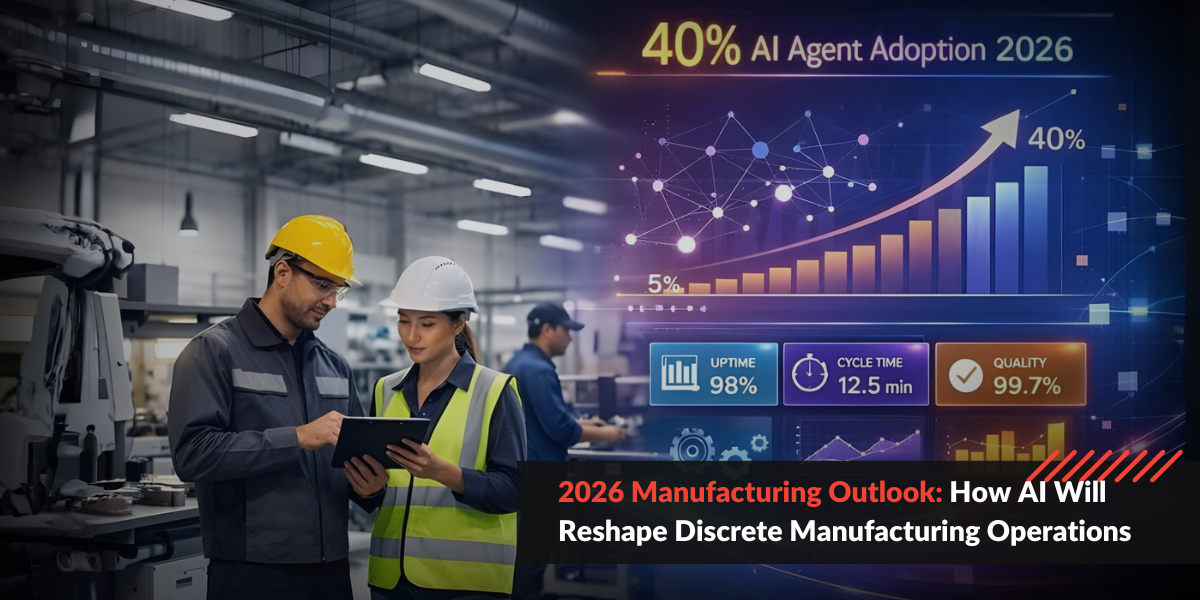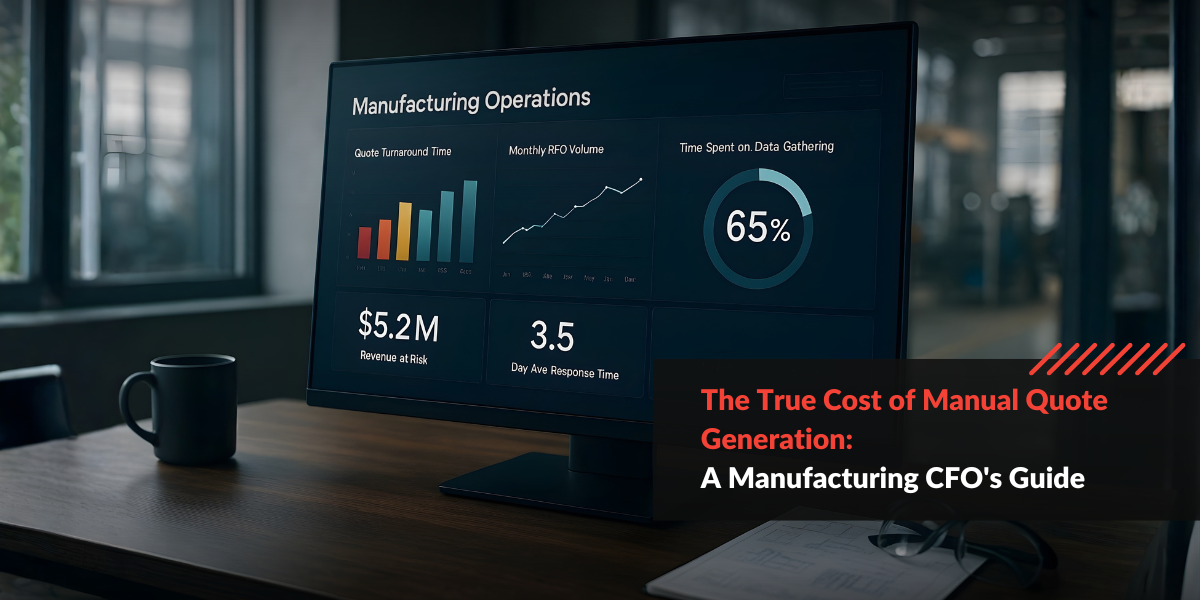It is estimated that the enterprise Robotic Process Automation (RPA) market has been expanding at a compound annual growth rate of 65% to become a $3 billion market by 2021. RPA is the power behind automating repetitive tasks with greater accuracy, speed, scalability, cost-effectiveness and efficiency, unlike human counterparts.
Contrary to manual labor, RPA tools can operate 24/7 without taking breaks. With RPA, it is possible to reduce costs by 80% and turnaround time by 40%. Organizations are heavily relying on RPA technology which is witnessing a steady rise. According to Forrester, by 2021, more than 4 million bots will automate routine and repetitive tasks such as administrative work, sales tasks, mundane office tasks, etc.
In the midst of such exciting potential, the greatest challenge is to reduce Total Cost of Automation (TCA) of RPA deployment to achieve a higher ROI. This is difficult because TCA is proportional to software and hardware costs of RPA implementation, including costs for implementation, OS, RPA license, database, server, etc.
Apart from hardware and software costs, TCA also depends on other factors such as:
- New Infrastructure Development
- Configuration Readjustment
- RPA Administration
New Infrastructure Development Cost
RPA implementation involves resources for proper deployment and complex system integration. In case your organization is deficient of appropriate infrastructure, processes and required resources for RPA integration and execution, then this is additional cost that you’ll need to budget for. However, this is a very important investment to make your RPA deployments successful.
Configuration Readjustment Cost
In the majority of cases, it is required to spend more for configuring your RPA solution due to changes in the existing system or process during RPA implementation. Such system or process changes are necessary to accommodate easy scalability and customization of the implemented RPA solution.
RPA Administration Cost
RPA implementation requires various pre-requisites for ideal execution. Post implementation, RPA projects are to be managed properly and this contributes to higher expenses.
Choosing the right kind of RPA technology is crucial too. Learn how AI-powered RPA offers greater efficiency and intelligence compared to traditional solutions.
Lower TCA to Achieve Better ROI
It is possible to bring down overall TCA through following best practices such as:
- Use a low footprint RPA system
- Pick an RPA system that can work on less expensive OS
- Deploy on the cloud
Use a Low Footprint RPA System
Another important consideration for reducing TCA is the infrastructure footprint of the RPA system you’re considering. Ideally, you should pick a system with a low footprint – minimal infrastructure requirements will keep costs down and also help you get up and running faster.
Pick an RPA system that Can Work on Less Expensive OS
You’ll be able to bring your TCA down by selecting an RPA system that is compatible with less expensive operating systems. All too often, many organizations overlook this criteria and end up with an RPA system that requires substantial overhaul to a more expensive OS.
Deploy on The Cloud
Cloud deployment is the top choice for a reduced TCA on your RPA system. While cloud deployment has low infrastructure requirements, it also allows scalability at a minimal cost. With cloud deployment there is a 2x factor on cost reduction of TCA. It also allows centralized management of the RPA system which is more cost-effective.
Most often than not, it is unnecessary to completely alter IT infrastructure or outlook to successfully introduce RPA in organizations. Organizations should monitor their systems to detect hurdles, if any, to ensure successful RPA execution. The suggestions in this blog will help reduce costs associated with software and hardware and lower overall TCA to maximize your ROI.
If you would like to explore cost-effective RPA and AI for your organization, the Rapid Acceleration Partners team would be glad to help. Our next-gen, AI-powered content intelligence platform RAPFlow enables full lifecycle AI orchestration on a single platform. When used in tandem with our RPA solution RAPBot, it provides end-to-end workflow automation capabilities that can be deployed in just weeks. You can even build your own use case and the platform can easily integrate with your existing systems. Book a demo to get a more detailed understanding of how our products can transform your business.




